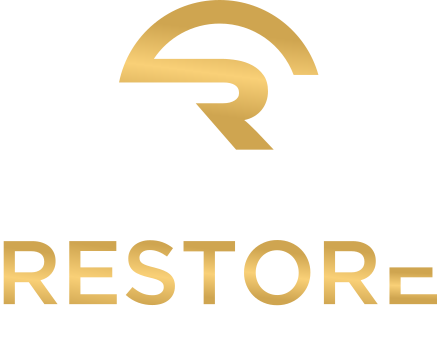Focused Shockwave Therapy
SCIENCE
Focused Shockwave Therapy, also known as Acoustic Compression Therapy, is a non-invasive treatment that uses precisely targeted acoustic waves to stimulate the body’s natural healing processes. These high-energy waves penetrate deep into musculoskeletal tissues, increasing cellular activity, enhancing circulation, breaking down scar tissue, and promoting the regeneration of tendons, ligaments, and bone. The result is a reduction in pain, improved mobility, and accelerated recovery from both acute and chronic conditions.
TREATMENTS
Focused Shockwave Therapy is used to treat a wide range of acute injuries, chronic conditions, and overuse syndromes. When applied early in the injury process, it helps reduce inflammation, improve blood flow, and prevent the buildup of fibrosis or calcification. For chronic conditions, shockwave helps to “restart” stalled healing cycles by reactivating local metabolic activity and breaking down degenerated tissue.
It’s a favorite among professional athletes, top sports teams, and rehabilitation specialists worldwide for its role in speeding up post-activity recovery and resolving stubborn soft tissue injuries.
Frequently Asked Questions
What does it feel like?
Patients often describe the sensation as a series of mechanical pulses or “taps” to the area being treated. While some sensitive regions may feel uncomfortable—especially around bony landmarks—treatments are generally well tolerated. Discomfort often lessens during the session, and many patients report significant pain relief shortly after treatment.
How long do treatments last?
Shockwave therapy sessions typically last 5–10 minutes, depending on the size and depth of the tissue being treated. The intensity and number of pulses are customized based on the patient’s condition and tolerance, ensuring an effective yet efficient experience.
How many treatments will I need?
Most patients begin to notice improvements within 3 to 5 sessions. Acute injuries may resolve faster, while chronic or degenerative conditions typically require more treatments (6-12) over several weeks. Your clinician will tailor a plan based on your condition, goals, and progress.

